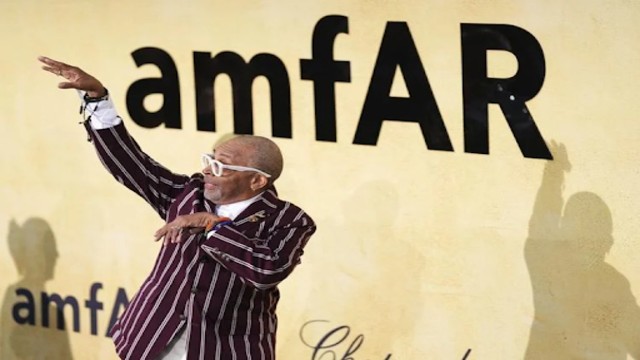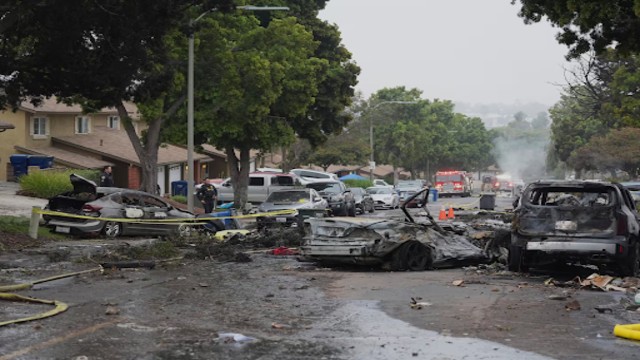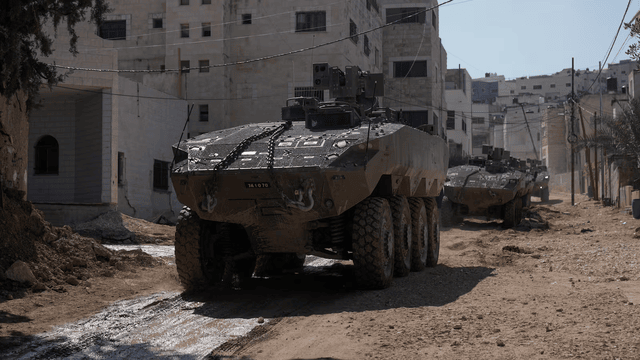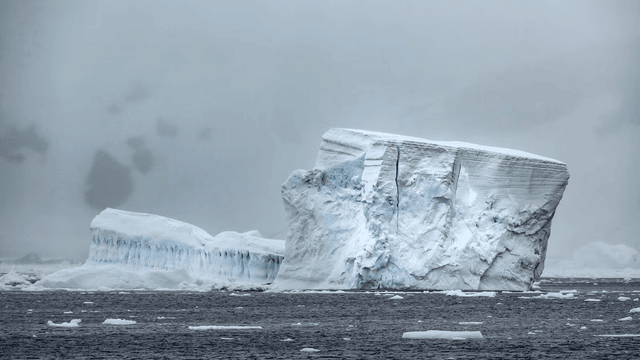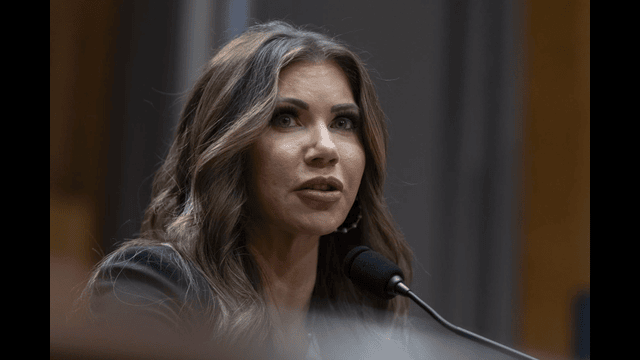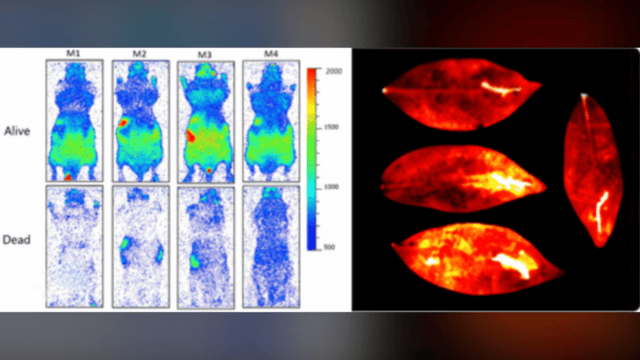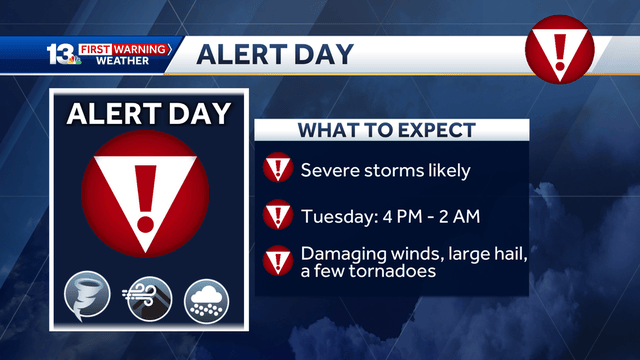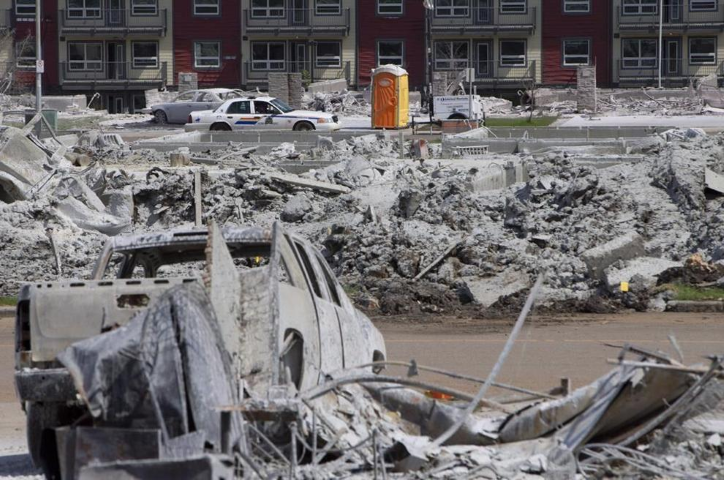
A police car drives through a burnt out Timberlea neighbourhood in Fort McMurray, Alta., on Thursday, June 2, 2016. A fierce wildfire burning outside of Fort McMurray has brought back memories of the vicious blaze, nicknamed The Beast, that tore through the Alberta oilsands hub in 2016. THE CANADIAN PRESS
A fierce wildfire near Fort McMurray, Alberta, is rekindling memories of a devastating blaze from 2016 known as "The Beast." However, significant differences distinguish the current fire from its predecessor.
Ground Fire vs. Crown Fire
The primary distinction between the two wildfires lies in which parts of the trees are burning. Jody Butz, fire chief for the Rural Municipality of Wood Buffalo, explains that the 2016 fire was a crown fire, burning through the treetops. In contrast, the current blaze is a ground fire, igniting the dead and fallen trees left in the aftermath of The Beast.
"The dead and downed trees have tangled on the ground, opening the canopy and allowing dried, cured grass to grow," Butz says.
John Gradek, a faculty lecturer at McGill University, elaborates that crown fires rapidly move through the tops of trees, whereas ground fires spread more slowly but have more material to consume. "Ground fires are much more intense because there is a lot of material on the ground," Gradek notes.
Challenges in Fighting Different Fires
Both types of fires present unique challenges for firefighting crews. Butz reports that the current fire is being tackled by 117 firefighters and 21 helicopters, with defensive lines being established.
Despite the higher intensity of ground fires, Gradek explains that ground-based tactics, such as bulldozed fire breaks, can be effective. In contrast, crown fires require more aerial support because they can jump over fire breaks and burn high above the ground.
"Crown fires can leap over fire breaks in minutes because they're airborne," Gradek says.
Mathieu Bourbonnais, an assistant professor at the University of British Columbia, adds that ground fires can also be challenging depending on the environment. Debris from previous fires can fuel new ones, leading to aggressive surface fires.
Impact on the Forest
While fires are a natural part of a forest's life cycle, ground fires have a more severe impact on the ecosystem. Gradek points out that ground fires burn trees and their root systems, leaving the forest dead and requiring a longer time for regrowth.
"Crown fires burn the tops of trees, but the trunks and roots often survive, allowing the forest to recover more quickly," Gradek explains. However, he notes that because the 2016 fire was a crown fire, it left a lot of material on the forest floor, contributing to the current fire's intensity.
Conclusion
Although both the current and 2016 wildfires near Fort McMurray have caused significant damage, their behavior and impact on the forest differ markedly. The current ground fire, burning the remnants of The Beast, presents new challenges for firefighters and will likely have a more prolonged effect on the forest's recovery.


